IWC Schaffhausen launched a slew of new models from its popular Pilot’s collection, which continues the brand’s long and storied heritage as a supplier of timepieces for aviators, at last year’s SIHH. Here, courtesy of IWC’s archives, we present a lineup of vintage and modern IWC pilots’ watches that represent milestones for the brand — and for watchmaking history.
1. The First IWC Watch Ever Taken Into The Sky (1896)

This pocketwatch, with a 14k yellow gold case and containing the IWC-manufactured Caliber 53 movement (no official reference number) was sold by IWC on December 1896 to IWC retailer A. Kohler from Leipzig, Germany. Another German, Albert Lotter, inherited the watch from his father in 1916. During the following years the watch and its owner, who lived in Saxony and Berlin, witnessed many 20th-century historical milestones. The watch still operates with good timekeeping precision.
2. IWC’s First “Special Watch for Pilots” (1936)![IWC Special Watch for Pilots - 1936]()
IWC started focusing on the production of technically advanced watches built specifically for aviation at a very early stage, becoming a true pioneer in this field. Progress made in aviation and navigation had created a growing need for watches that offered maximum reliability under the toughest conditions.
Ernst Jakob Homberger (1869–1955), IWC managing director during the 1930s, had two sons who were so passionate about aviation that they decided to manufacture IWC’s first “special watch for pilots” in 1936. The watch, containing Caliber 83, had a shatterproof crystal, high-contrast hands and numerals, a rotating bezel with an index for recording short periods of time, and an antimagnetic escapement. It was also highly resistant to temperature fluctuations, ranging from –40 degrees Celsius to +40 degrees Celsius.
3. IWC’s First Big Pilot’s Watch (1940)![IWC Big Pilot's Watch - 1940]()
The first IWC Big Pilot’s Watch (Ref. IW431, with Caliber 52 T.S.C.) was supplied to the Luftwaffe (German Air Force) in 1940 in an edition of 1,000 pieces. The “big device,” constructed according to the criteria for an observer’s watch, is the largest wristwatch ever made by IWC, with a case diameter of 55 mm, a height of 16.5 mm, and a weight of 183 grams.
4. IWC Pilot’s Wristwatch Mark 11 with Nato Strap (1948)
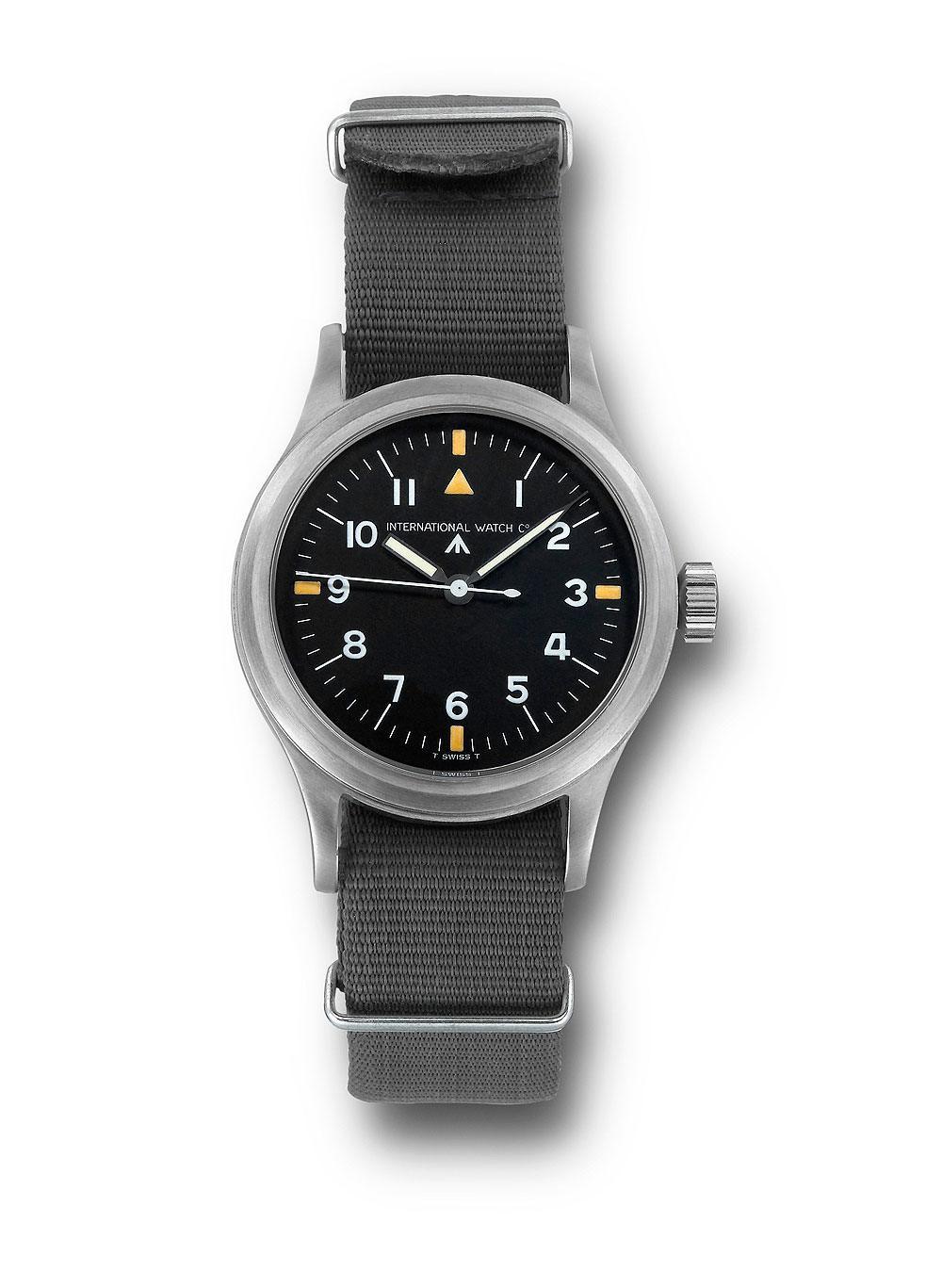
In response to a product requirement from the British government, IWC developed a service watch for pilots of the Royal Air Force (RAF). The technical specifications stipulated by the RAF were very rigid, including a requirement that the movement had to be protected against magnetic fields. Production of the now-legendary IWC Mark 11, with Caliber 89, started in 1948. In November 1949, the watch was supplied to airborne personnel of the RAF and other Commonwealth nations and remained in service until 1981.
5. IWC Pilot’s Watch Chronograph Ceramic (1994)![IWC Pilots Chronograph - Ceramic - 1994]()
Forty-eight years after the legendary Mark 11 was launched, IWC built on its Pilot’s Watch tradition with the launch of the IWC Pilot’s Watch Chronograph (Ref. IW3740). In 1994, IWC launched another Pilot’s Watch Chronograph (Ref. 3705), intended for modern aviation and equipped with a case made from high-tech zirconium oxide ceramic — a material as hard as sapphire and virtually indestructible. Its movement is caliber 7922.
6. IWC Pilot’s Watch Mark XII (1994)
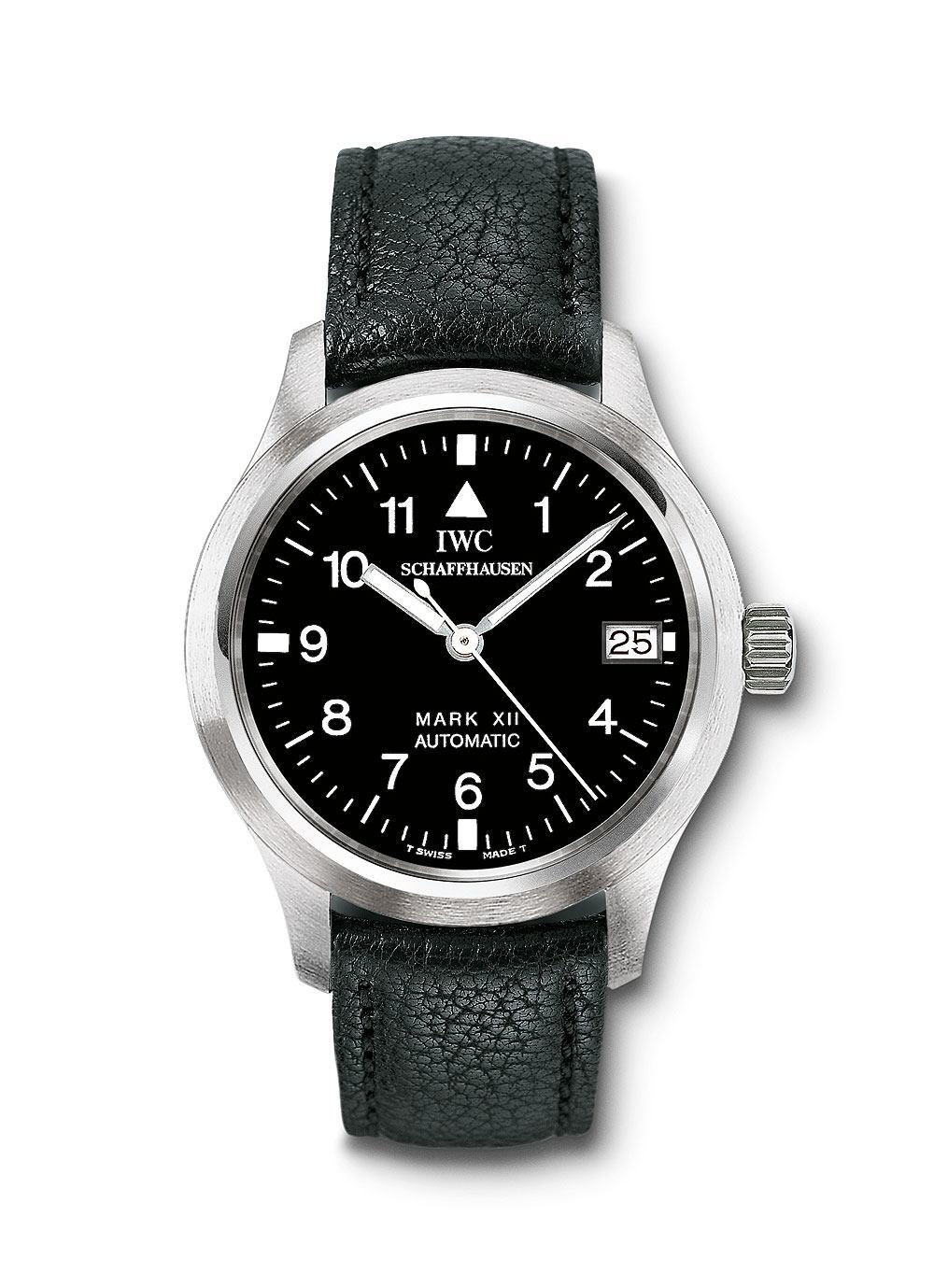
Also in 1994, the Pilot’s Watch Mark XII (Ref. IW3241) succeeded the Mark 11 as a contemporary new edition after long and intensive discussions within IWC’s management. This decision gave collectors, who could no longer acquire any originals on the market, a chance to own a modern version of the iconic timepiece. While the design of the watch was heavily inspired by its predecessor, its equipment – including an automatic movement (Caliber A8842), a screw-in crown, a date display and a convex sapphire glass – was very contemporary.
7. IWC Pilot’s Watch UTC (1998)
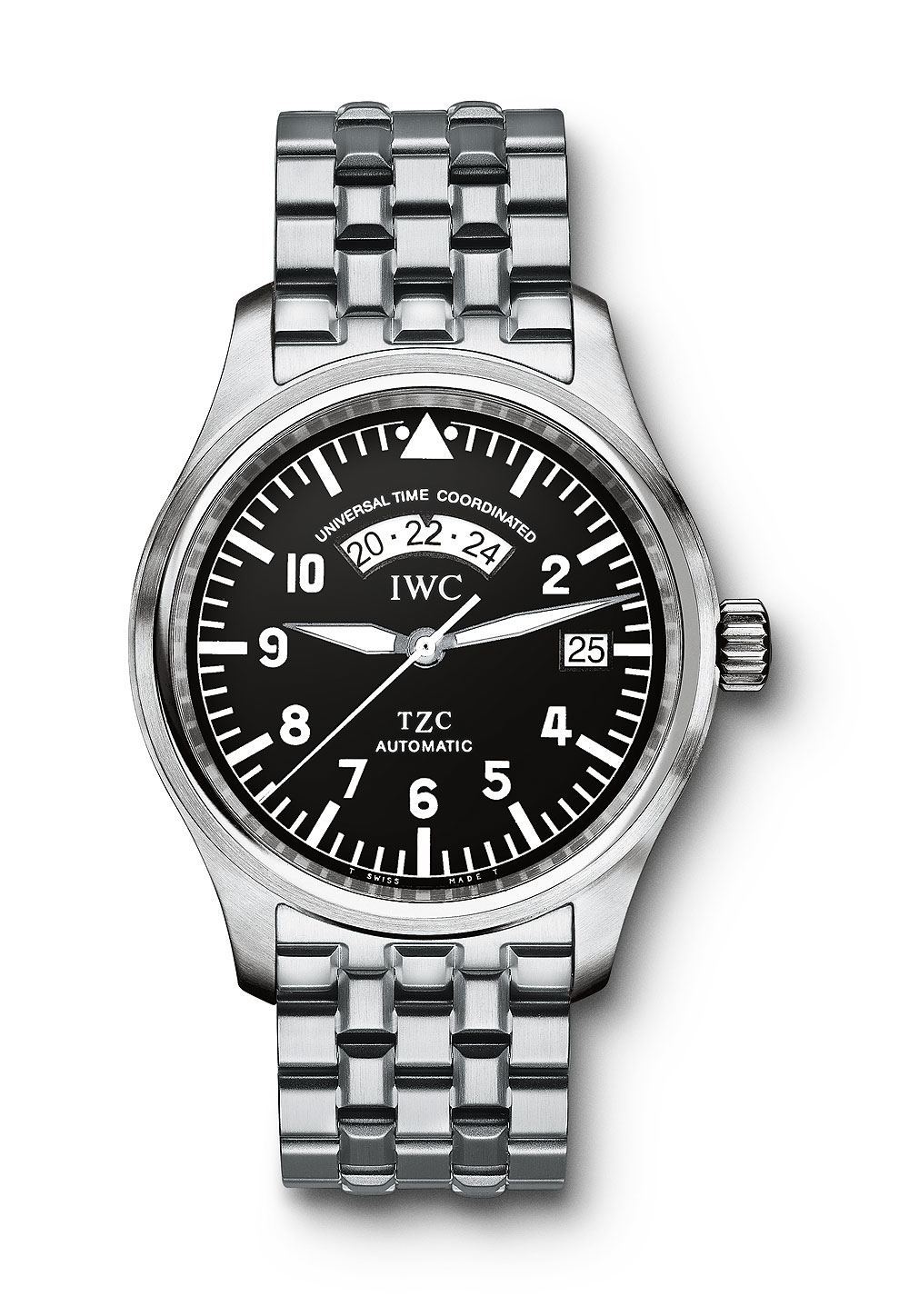
In 1998, IWC introduced the Pilot’s Watch UTC (Ref. IW3251) as a useful tool for frequent travelers in an increasingly globalized world. This timepiece, outfitted with Caliber A30710, was coordinated with Universal Time; the wearer could not only read different times and dates around the world, but could also change both the time and date simply using the crown.
8. IWC Big Pilot’s Watch (2002)

IWC introduced its 5000 family of calibers in 2001, originally for use in a limited series of IWC Portugieser watches. This new edition of the classic Big Pilot’s Watch was the first in the family to contain the high-performance IWC-manufactured Caliber 5011 movement. With a case diameter of 46.2 mm and a height of 15.8 mm, it remains one of the biggest wristwatches IWC has ever made. The Big Pilot’s Watch (Ref. 5002) features a seven-day power reserve, a new date display at 6 o’clock, and a central seconds display.
9. IWC Pilot’s Watch Double Chronograph Edition Top Gun (2007)
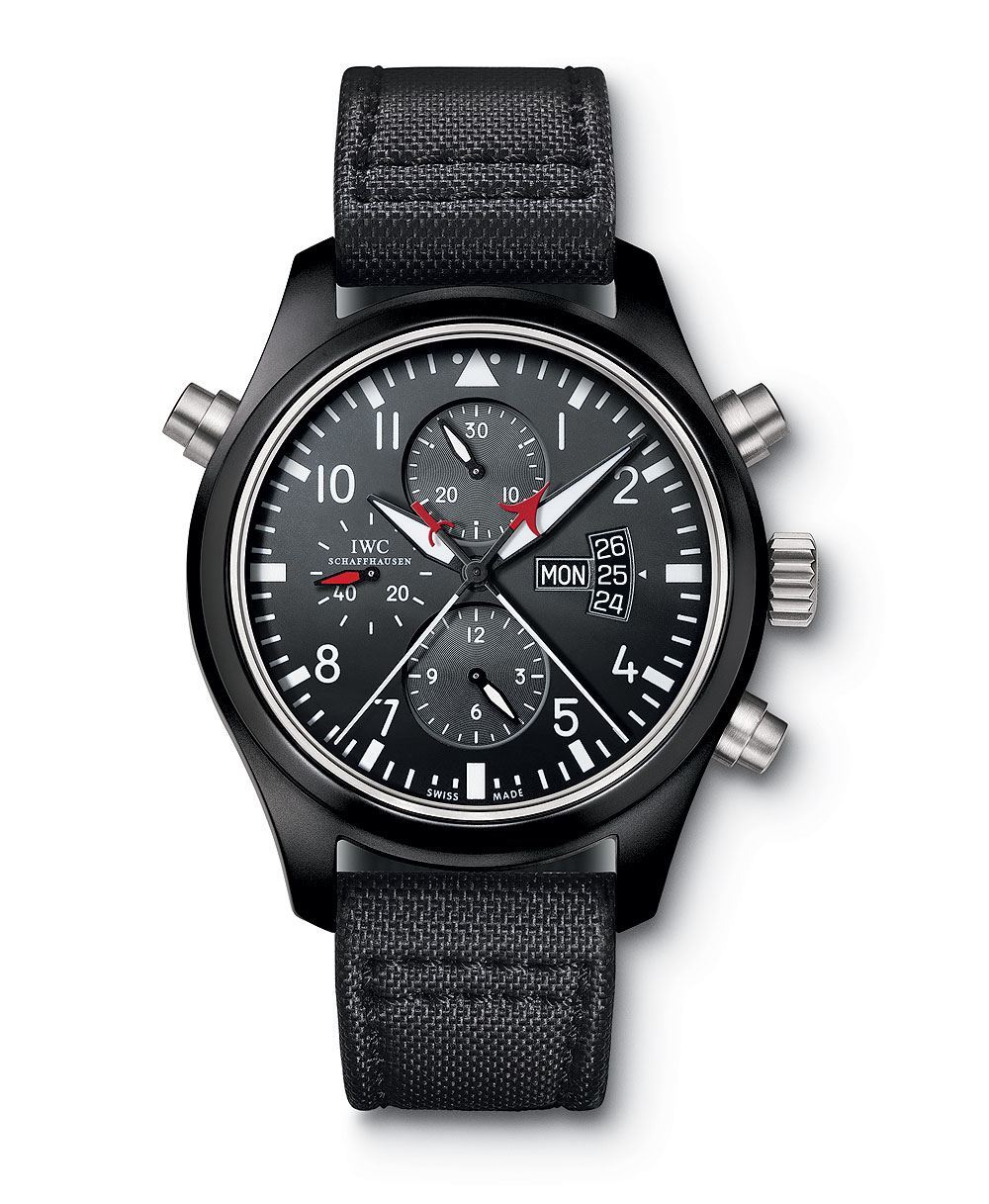
The first watch bearing the name “Top Gun” joined the IWC Pilot’s Watch squadron in 2007. It was this piece, the IWC Pilot’s Watch Double Chronograph Edition Top Gun. The name comes from a special training course offered by the United States Navy Fighter Weapons School, the “Strike Fighter Tactics Instructor,” better known by the legendary accolade “Top Gun.” In 2012, the Top Gun collection established itself as an independent line within the IWC Pilot’s Watch family, and grew with several notable new models in 2019.
This article originally appeared in 2016 and has been updated.

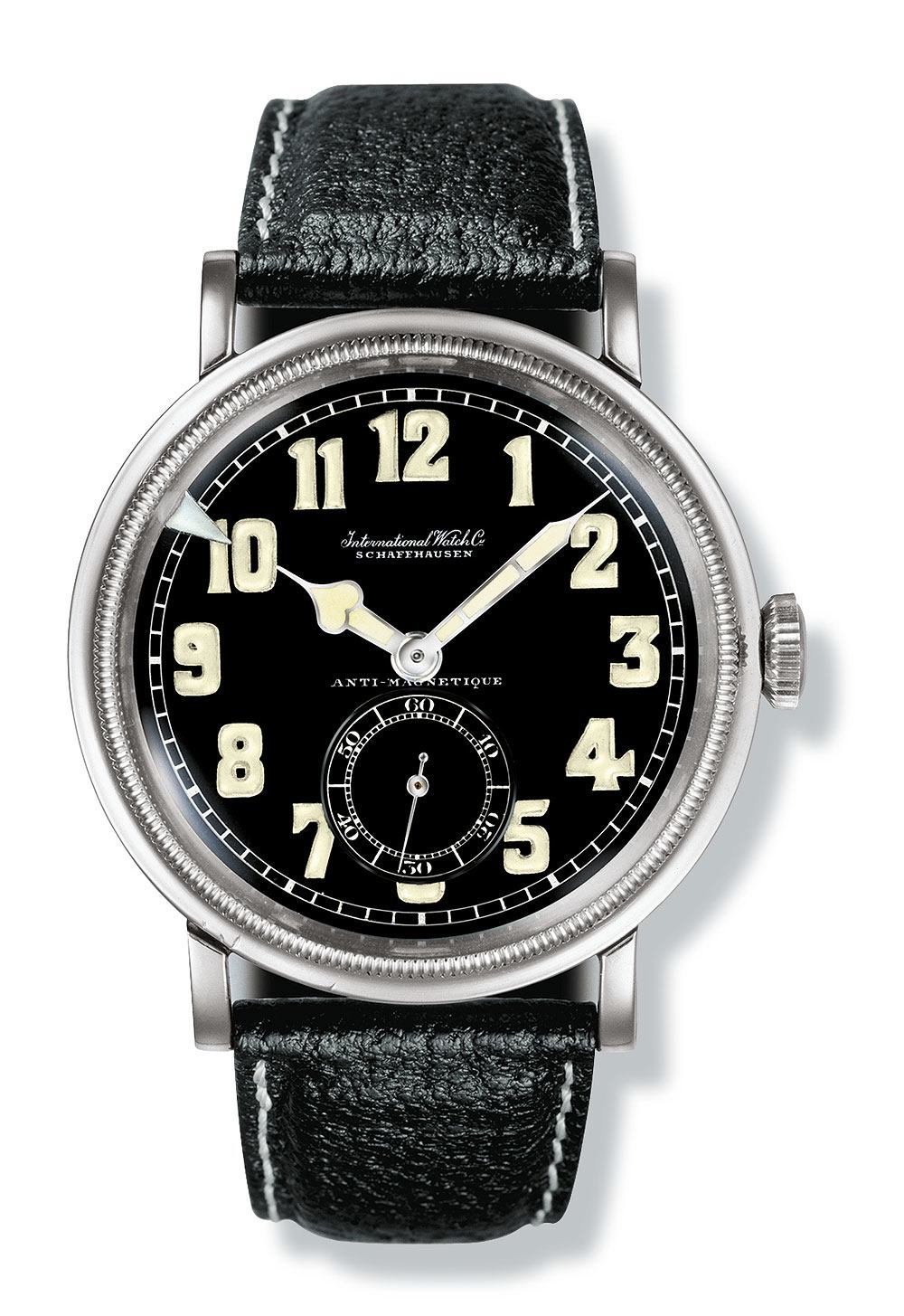
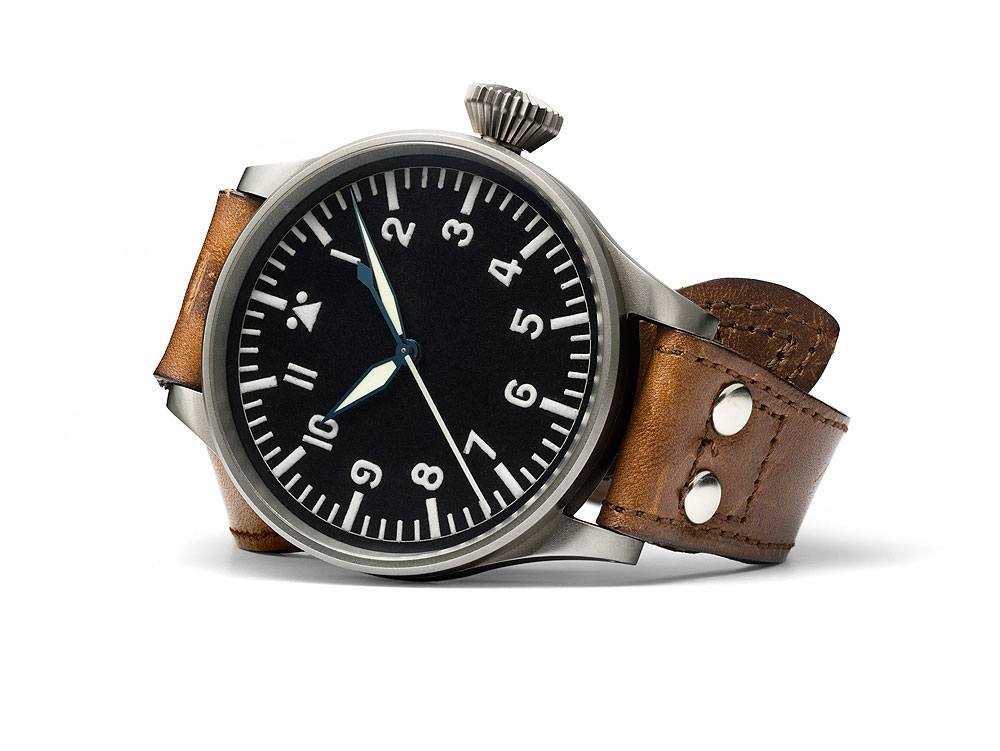
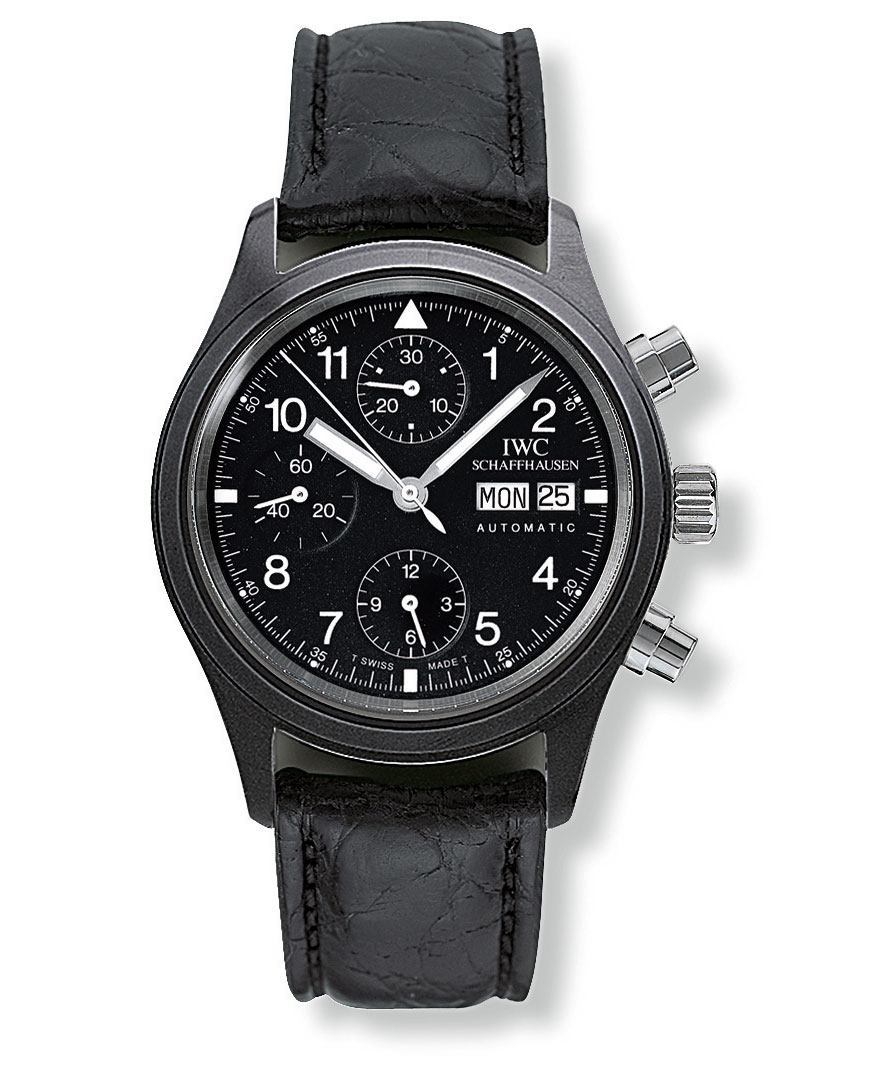
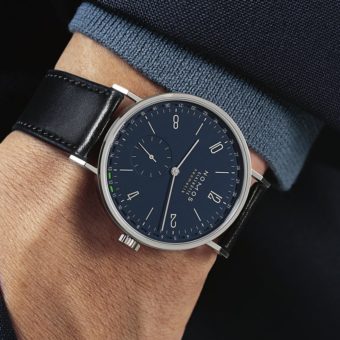



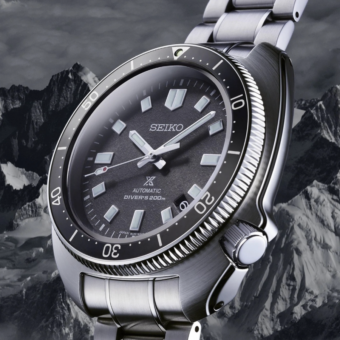
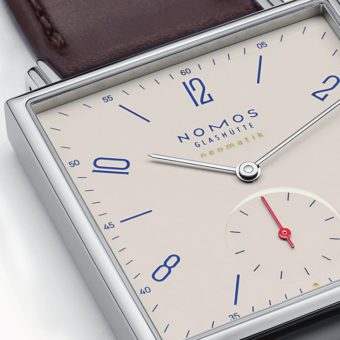
IWC founded by an American and then supplier of the Nazi air force. Faith’s laugh.
“The first IWC Big Pilot’s Watch (Ref. IW431, with Caliber 52 T.S.C.) was supplied to the Luftwaffe (German Air Force) in 1940 in an edition of 1,000 pieces”. Switzerland and IWC can be proud of being suppliers of nazi Germany and making money out of this watch even today.
It should be well noted that only the IWC caliber 884/2, was actually supplied by Jaeger le Couture based on their JLC caliber 889/2 which adds a subtle uniqueness to the IWC Mark XII
Can somebody tell me when IWC was aquired by VDO and then divested from it?
So the 46 mm Top Gun is historic but the 44 mm 3786 is not?
For me it is hard to beat the simplicity, beauty and functionality of the IWC’s First Big Pilot’s Watch (1940). The majority of the other models have too much information.
Are there differences in the movements of the recent Pilot models? I am particularly interested in the movement of the Mark XV and how it differs from the Mark XVI, XVII and XVIII.
Thank you for this interesting article on the history of IWC’s Pilot Watches from 1936, I believe till 2012. I have some of these watches and I appreciate knowing some
of the history involved.
A few weeks ago I inherited a IWC Mark XV, case No. 2807656. It is a fantastic watch, it has a deviation of only 2 (two) in the last 15 days, I wear it all the time, keeps better time than my Rolex Explorer I, Can you please tell me the date of manufacture of this IWC? I would appreciate your answer. Thank you very much. Jose Casas
I still miss very much a normal size (40-41 mm) Fliegerchrono (now with a day-date caliber 69xxx) with a 60-minutes count-up turning bezel – either underglass a’la ref. 3719 or ceramic similar looking to ref. 3950. BTW the ceramic Fliegerchrono ref. 3705 does not have a caliber 7922 but a caliber 7902. (Produced pre-1996…)